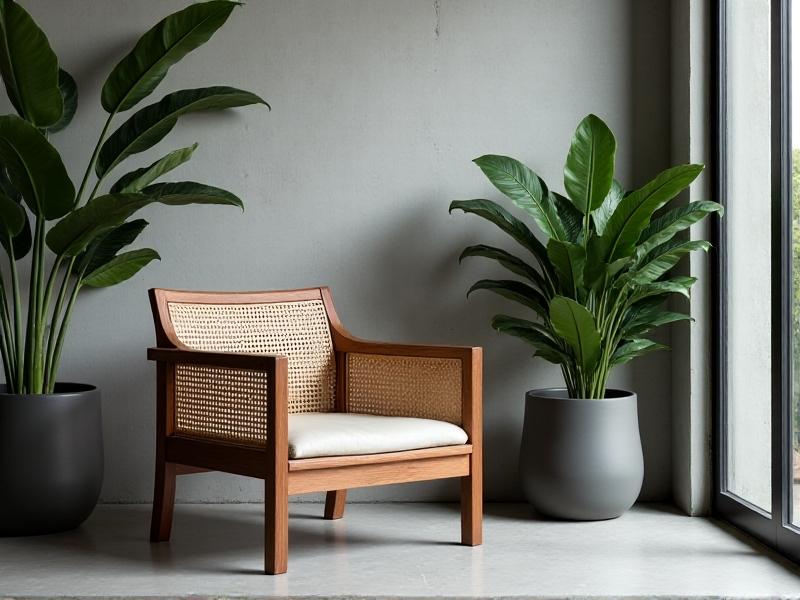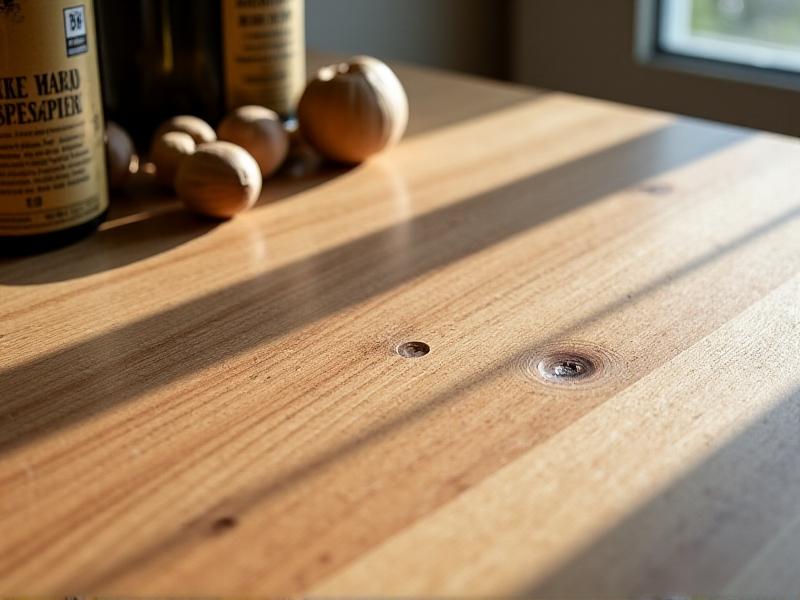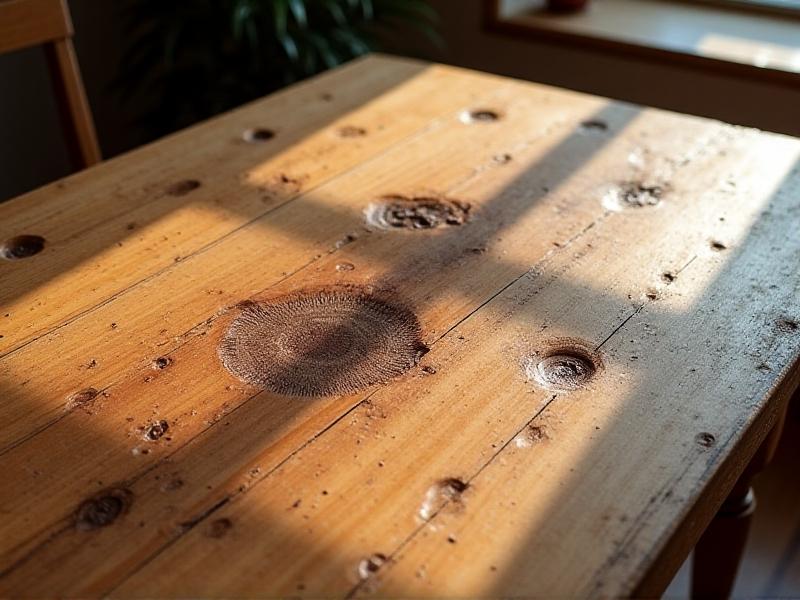Split Personality Pieces: Creating Multi-Function Furniture
The Rise of Multi-Function Furniture in Modern Living
As urban spaces shrink and lifestyles grow more dynamic, the demand for furniture that adapts to multiple needs has surged. Multi-function pieces, often dubbed "split personality furniture," blend practicality with innovation, transforming how we interact with our environments. These designs cater to small apartments, home offices, and eco-conscious consumers, offering versatility without compromising style. By merging form and function, they redefine the boundaries of interior design.
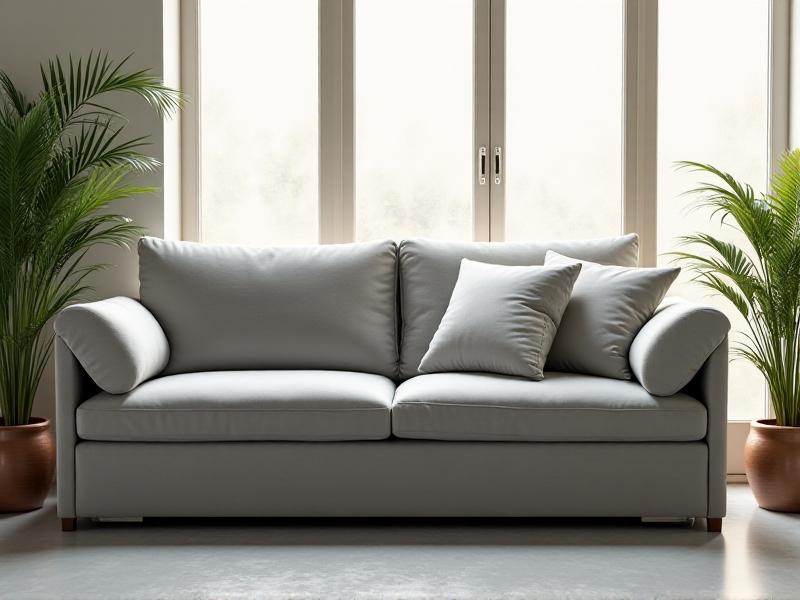
A Brief History of Adaptive Furniture Design
The concept of multi-purpose furniture isn’t new. Ancient Egyptians crafted storage chests that doubled as seating, while medieval Europeans used trestle tables that could be disassembled. The 1920s Bauhaus movement prioritized utilitarian designs, such as Marcel Breuer’s modular shelving. Mid-century modernists like Charles Eames experimented with foldable chairs and nesting tables. Today’s designs build on this legacy, integrating smart technology and sustainable materials to address 21st-century challenges.
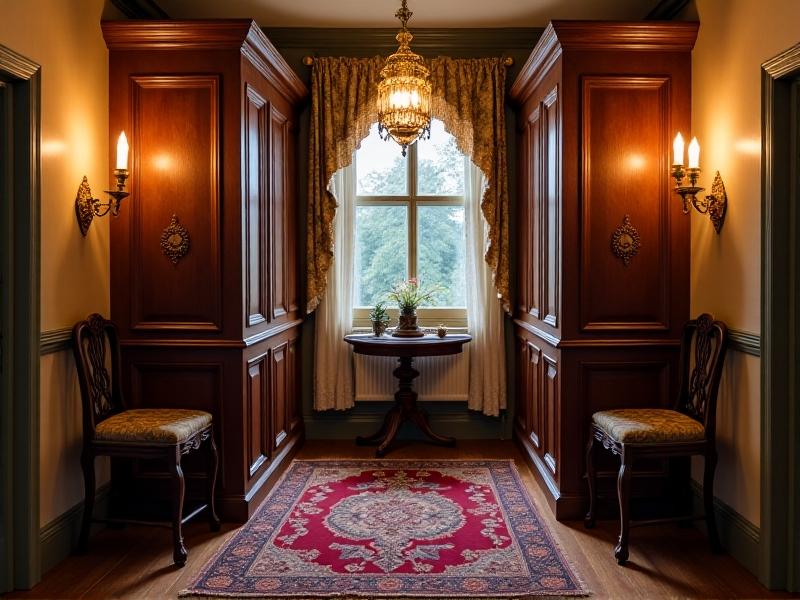
Design Principles for Dual-Purpose Pieces
Successful multi-function furniture hinges on balance. Designers must prioritize ergonomics—ensuring comfort in all configurations—while maintaining aesthetic cohesion. Hidden mechanisms, like hydraulic lifts or magnetic joints, keep transformations seamless. Materials matter too: lightweight yet durable metals, scratch-resistant laminates, and modular fabrics ensure longevity. The goal is to create intuitive pieces that feel intentional, not cluttered, whether as a dining table by day or a workspace by night.
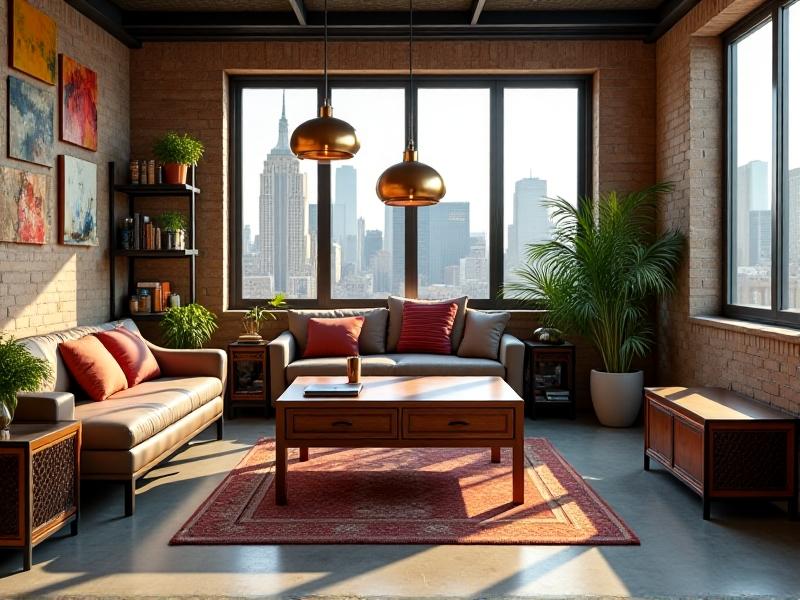
Materials and Tech: The Backbone of Innovation
Advancements in materials science and smart tech have revolutionized multi-function furniture. Memory foam mattresses fold into sofas, while carbon fiber frames enable featherlight yet sturdy foldable desks. IoT integration allows voice-activated transformations—imagine a bookshelf that reconfigures via Alexa. 3D-printed joints and modular connectors let users customize layouts. These innovations reduce waste, extend product lifespans, and cater to hyper-specific needs, from pet-friendly storage to wheelchair-adaptive tables.
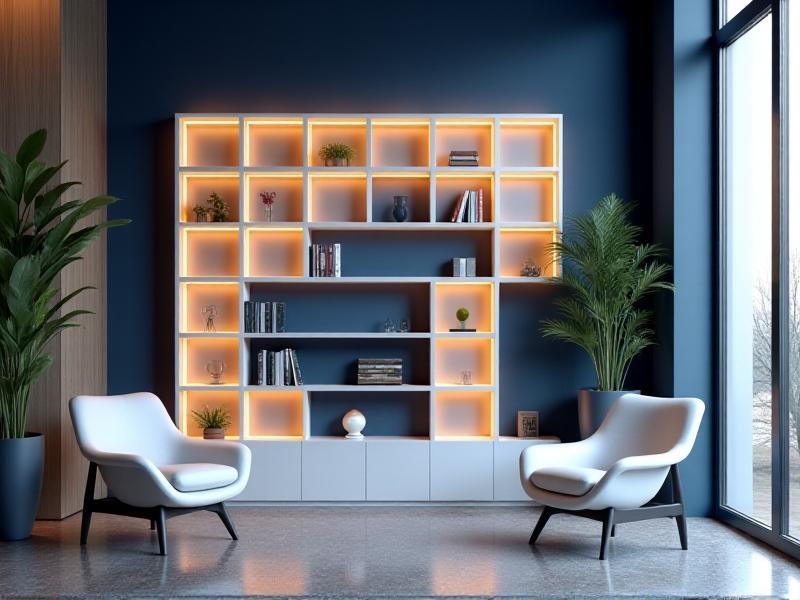
Urban Solutions: Maximizing Small Spaces
In cities like Tokyo and New York, micro-apartments rely on furniture that performs spatial alchemy. Think loft beds with integrated desks, ottomans that unfold into guest beds, or kitchen islands with retractable breakfast bars. Japanese "tatami mentality" inspires designs that prioritize vertical storage and hidden compartments. Companies like Resource Furniture dominate this niche, offering wall units that transform studios into multi-room homes. The result? Spaces that feel expansive, organized, and uniquely personal.
Sustainability: Reducing Waste Through Versatility
Multi-function furniture aligns with circular economy principles. A single adaptable piece replaces multiple items, reducing resource consumption. Brands like Sabai Design use recycled velvet and modular frames for easy repairs, while Emeco’s Navy Chair repurposes ocean plastic. Consumers increasingly seek heirloom-quality items that evolve with their lifestyles—a crib that becomes a toddler bed, or a desk that morphs into a meditation bench. This shift challenges throwaway culture and celebrates mindful consumption.
DIY Hacks: Customizing Your Split Personality Pieces
You don’t need a hefty budget to embrace dual-purpose design. Upcycle an old door into a fold-down desk with hinged legs. Add casters to a storage trunk for a movable coffee table. Use tension rods and curtains to create hidden closets under lofted beds. Social media platforms brim with tutorials: TikTokers demonstrate how to build Murphy beds using IKEA shelves, while Instagram influencers share paint techniques to unify mismatched modular units. The key? Start small, prioritize functionality, and let creativity trump perfection.
The Future of Furniture: Where Form Meets Flux
Tomorrow’s multi-function designs will likely embrace AI and biometrics. Picture a sofa that adjusts its firmness based on your posture or a dining table with embedded screens for remote work. Augmented reality apps could let users visualize how modular pieces fit their spaces. As urbanization intensifies and climate concerns grow, furniture will continue to evolve—not just as objects, but as active participants in shaping efficient, joyful, and resilient living environments.


